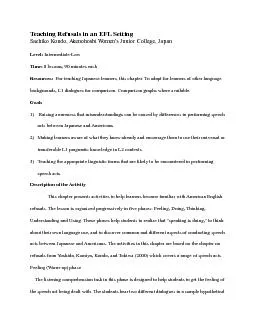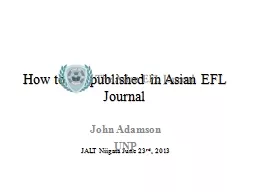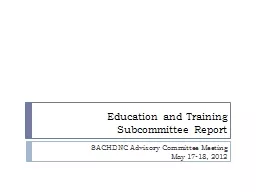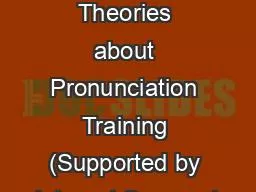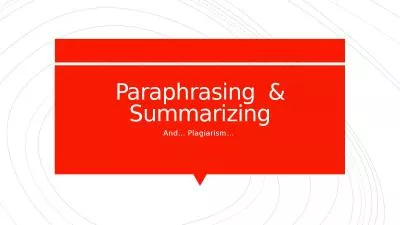PDF-Teaching Refusals in an EFL Setting
Author : min-jolicoeur | Published Date : 2017-11-24
Sachiko Kondo Akenohoshi Womens Junior College Japan Level Intermediate Low Time 8 lessons 90 minutes each Resources For teaching Japanese learners this chapter
Presentation Embed Code
Download Presentation
Download Presentation The PPT/PDF document "Teaching Refusals in an EFL Setting" is the property of its rightful owner. Permission is granted to download and print the materials on this website for personal, non-commercial use only, and to display it on your personal computer provided you do not modify the materials and that you retain all copyright notices contained in the materials. By downloading content from our website, you accept the terms of this agreement.
Teaching Refusals in an EFL Setting: Transcript
Download Rules Of Document
"Teaching Refusals in an EFL Setting"The content belongs to its owner. You may download and print it for personal use, without modification, and keep all copyright notices. By downloading, you agree to these terms.
Related Documents

